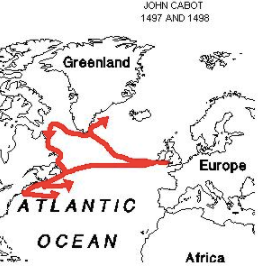Renaissance, Reformation, Exploration & Mercantilism
1/63
There's no tags or description
Looks like no tags are added yet.
Name | Mastery | Learn | Test | Matching | Spaced |
|---|
No study sessions yet.
64 Terms
Renaissance
Rebirth, people believed they were witnessing the rebirth of the ancient Greek and Roman worlds
Values of the Renaissance
People were interested in Greek and Roman writing, science, government and art. Values began developing like secular humanism and individualism
Humanism
Placing the study and progress of human nature at center interests
Individualism
The habit of being independent and self-reliant, during the renaissance, people stopped relying on the Church for everything, and became more independent.
Secularism
Not religious
Secular Humanism
With regards that humanity is capable of morality and self-fulfillment without belief of God
Italian vs Northern Renaissance
Italian Renaissance was known for the painting, actu titre, sculpture, literature, music, philosophy, science, technology, and exploration. While the Northern Renaissance was known for the invention of the printing press and the spread of knowledge and education through books.
Characteristics of Renaissance Art
Classicism, Humanism, perspective, linear perspective, nature, realism tcm, individualism, secularism, science, and compositional aesthetics
Masaccio
Produced some of the first frescoes (a printing produced by combining wet plaster with water based paint). His work used perspective and gave a three dimensional feel, more realistic overall.
Donatello
Goldsmith, studied roman styles of sculpture and ornamentation. Famous for the sculpture of David. Developed a new way of sculpting which applied rules of linear perspective
Michelangelo
Carved the famous pieta, depicting the body of Jesus laying on Mary's lap as she mourns his death. Combined ideals of classical beauty and naturalism. Famous for the Sistine Chapel, it had positive effects on other painters.
Da Vinci
Mastered realistic painting, studied anatomy, music, architecture, engineering. He wanted to capture the perfection of the person. Also the first person to consider a tank, did drawings of airplanes and submarines.
Raphael
Well known painter, most famous of Madonnas (Virgin Mary), one of most famous works is located in the school of Athens.
Brunelleschi
Goldsmith, architect, engineer, sculptor and mathematician. Discovered principles of linear perspective. Most famous for the dome he built for the florence cathedral
Medici Family
Owned the largest bank in Europe during the 15th century. They considered art and architecture which spiked the renaissance.
Erasmus
Known as the Prince of the Humanists, he spread the idea of humanism. He believed that the classics and deeds of worthy ancient leaders were important. Discovering how great leaders kept peace in troubled times, he also believed that combining both ancient and Christian ideas were necessary.
Printing press
Made In the 1440s, and it spread throughout Europe. More than 20 million books were printed in the first 50 years the printing press was in Europe.
Vernacular
The language spoken in the writer's residence. Individuals who wrote in the vernacular was: William Shakesphere, Dante, Chacuer, Baldassare Castiglione, Niccolo' Machiavelli
Sir Thomas More
Has a utopia that says, a society without private property where reason and cooperation have replaced struggles for glory and power.
Machiavelli
He believed that it is safer for a prince to be feared than love, that war was necessary during a prince's reign. He believed that princes should try their best to maintain peace in times of trouble, war was necessary to educate noble
Dante
Wrote "The Divine Comedy", a story of a person's journey to salvation. Poem is divided into 3 sections, Hell, Purgatory, and Heaven. His description of Hell was used by writers throughout history
Chaucer
Wrote the Canterbury tales, a list of stories told by 29 pilgrims journeying to the tomb of St. Thomas a' Beck
Protestant Reformation
The movement that divided Christianity into Catholics and Protestant groups
Martin Luther & Lutheranism
He was a monk & professeur. His focus was the Bible, the goal to figure out how one can gain salvation. He believed salvation was achieved by faith because no person can do good enough works. So Crhsitians should study The Bible and not rely on the teachings of others. Lutheranism is explained by grace alone through faith alone on the basis of scripture alone.
Ulrich Zwingli
Priest and admirer of Erasmus, he stressed the importance of the Bible. Rejected elaborate church rituals and ideas came from the city council of Zurich.
John Calvin & Calvinism
Preached the idea of predestination, the idea that God already determined who would gain salvation. Tried to live like saints, believed the world was divided between saints and sinners. Stressed hard work, discipline, honesty and morality. Calvinism emphasizes God's sovereignty in all aspects of life and salvation.
Henry VIII
Was King of England who wanted the country to be unified by catholicism. Until he wanted to have a male heir and decided to break the Church of England to protestantism to divorce his wife. He was also a scholar and Musician, and sponsored the arts. Executed numerous people for not listening to him.
Anglicanism
The faith and practices of the Anglican Christian Churches
English Reformation
A process whereby England left the Catholic Church and the country officially became Protestant by Henry VIII because he wanted to divorce his wives and marry new ones.
Anabaptism
The doctrine that baptism should only be administered to believing adults, the person must express their faith in Christ to be baptized.
Peace of Augsburg
Allowed each prince to decide on which religion, catholic or lutheran would be followed in his names. This was signed by Charles V after a few wars trying to force lutheran princes back into the catholic church.
Act of Supremacy
Declares Henry the head of the church of England, separates Church from catholic church, allowed Henry to aging popes to allow his many marriages
Catholic Counter-Reformation
Led by Pope Paul III, trying to revive the moral authority of the Church and opposed the Protestant Reformation. As well as ending the corruption within the papacy itself.
Council of Trent
A council of the Roman Catholic Church, bishops from the world would decide what was the acceptable and traditional Catholic views. It was declared that salvation comes through faith and good works, the Bible was not the only source, this council also tried to end the abuses in the Church.
Inquisition
A Church court set up during the Middle Ages, used secrete testimony, torture and execution to root out hersary.
Transubstantiation
The change of the whole substance of bread into the substance of the Body of Christ and the whole substance of wine into the substance of the Blood of Christ.
Jesuits
A program, which included spiritual and moral discipline with rigorous religious training. Multiple people would go on a crusade and defend the spread of the Catholic faith worldwide. They helped combat hershey in their lands, and spread their catholic faith all over the world, also serving as spies with new information.
Ferdinand Magellan
An explorer during Spain's Early exploration. He explored the Philippines and the Magellan Strait. Opened a westward route to the Indies, showed it was possible to sail around the world, and his death led to the crew expanding the journey to spice islands and exploring the globe.
Prince Henry
Only explored the southern part of West Africa but he encouraged explorers to go to west Africa, he is called the Navigator. He wanted to find an easier route to Africa, and convert Africans into Christianity. His crusades against muslims allowed him to find gold and silver and trade, he also updated current maps. (During portugal exploration)
Jacques Cartier
The first European to navigate the St. Lawrence River,and his explorations of the river and the Atlantic coast of Canada. This expedition gave basis for French claims to North America
Vasco da Gama
An explorer during portugal exploration, he explored East Africa, India, and the Indian Ocean. Brought cinnamon and pepper, valuable cargo. His trip made the Portuguese eager to directly trade with Indian merchants.
Pedro Cabral
An explorer during the Portugal exploration. Explored India and east Brazil. Signed trading treaties.
Hernan Cortes
An explorer during the spanish exploration, explored the Aztec Empire. Spread diseases to the Aztecs, took control of their Empire and overthrew the leader. He was the cause of the Aztec Empire falling to defeat.
Francisco Pizarro
An explorer during the spanish exploration, explored the Inca Empire and the Incas were already weak by the Civil War. Their emperor welcomed the Spanish and the Spanish betrayed them, launching a surprise attack. Still, the Incas paid ransoms to the spanish. Their civilization fell.
John Cabot
A European explorer to North America. He explored for England and explored the Eastern coast of Canada. He claimed the first North American land for ENgland.
Giovanni da Verrazzano
A European explorer to North Amercia, exploring for France. He explored the Atlantic Coast from North Carolina to Canada. First land claims for France in the Americas.
Henry Hudson
A European explorer to North America, exploring England and the Netherlands. He explored today's Hudson River and Bay. Founded the Hudson Bay in Canada and concluded that there was not a Northwest passage.
Christopher Columbus
Seeked to find new trade routes to the East Indies (today Indonesia). His trips were sponsored by Ferdinand & Isabella of Spain; the rulers hoped his voyages would bring wealth and prestige. Instead he found an unknown continent claiming it was the East Indies. Took Natives as prisoners and used them as slaves, forced into reserves. His voyage inspired Europe to travel for better lives, he was also known to be brutal to other leaders.
Columbian Exchange
The exchange of diseases, ideas, food, crops and people. It brought goods unknown to the Americas and goods unknown to the Europeans.
Line of Demarcation
Divided the non-European world into 2 zones, Treaty of Tordesillas was signed between the two country (Spain & Portugal)
Triangular Trade
Merchant ships brought European goods to Africa, In Africa, Merchants traded these goods for slaves. Slaves were transported to the Americas and exchanged for sugar, molasses and other products manufactured at plantations owned by europeans. Then merchants carried sugar, molasses, cotton and other American goods to Europe for commodities.
Middle Passage
A passage where slaves were transported to the Americas, enslaved Africans were exchanged for sugar, molasses and other products manufactured at plantations owned by Europeans.
Impacts of European Exploration
The goods transported from the colonies contributed to the growth and population around the world, the dispersal of new food crops from the Americas was a huge factor, it also wiped out the Native American population due to diseases.
Inflation post-exploration
Prices were rising in Europe because there was so much money, inflation struck the price revolution which was fueled by the enormous amounts of silver & gold flowing into Europe. Capitalism also emerged from trade and increased money supply.
Spanish Armada
enormous 130-ship naval fleet dispatched by Spain in 1588 as a part of a planned invasion of England.
Mercantilism
An economic policy in which it was believed that a nation must export more goods than it imports to build its supply of gold and silver.
Dutch East India Company
The company had full sovereign powers and could dominate the regions by which expeditions were being made.
Bartolomeu Dias
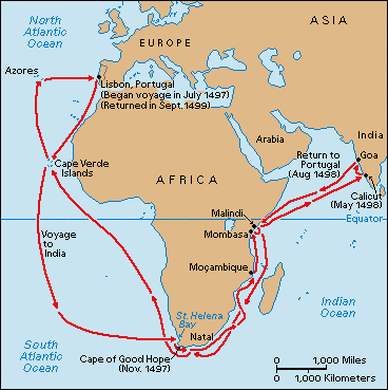
Pedro Cabral
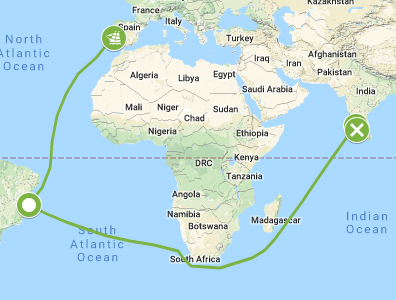
Hernan Cortes
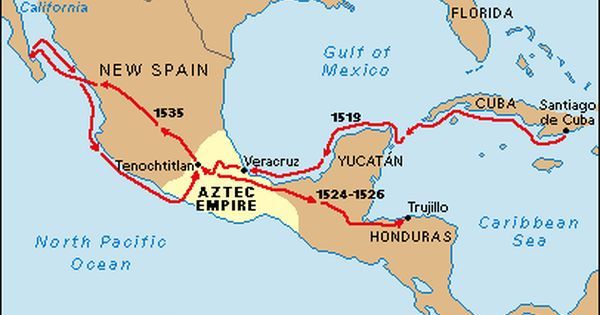
Franciso Pizzaro
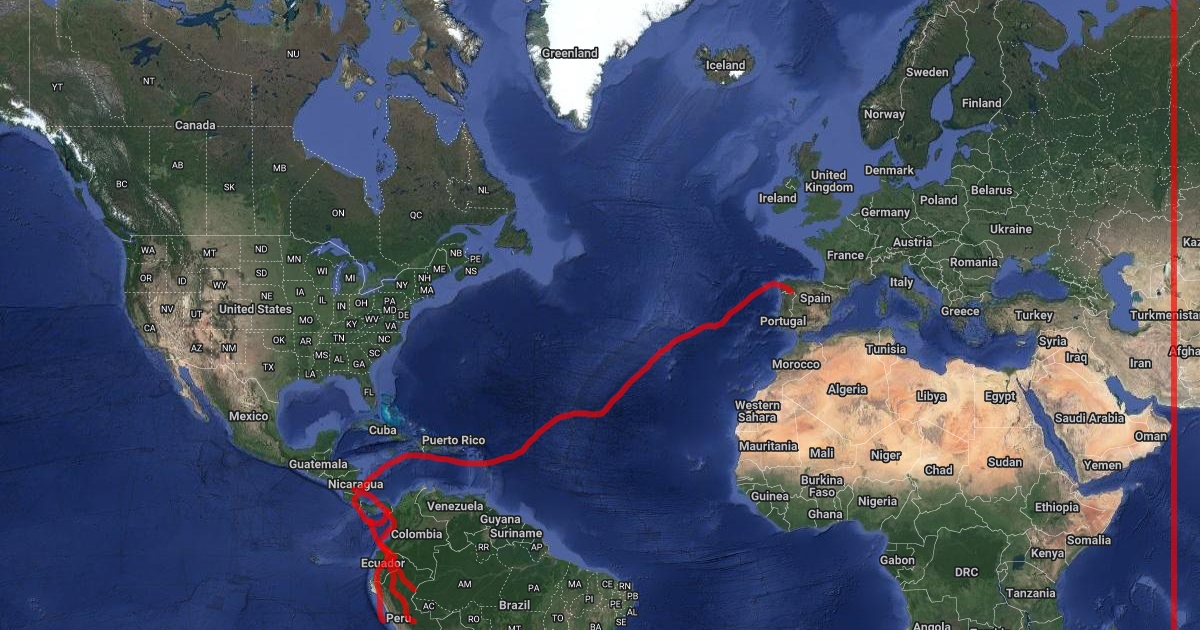
Henry Hudson

Giovanni da Verrazzano
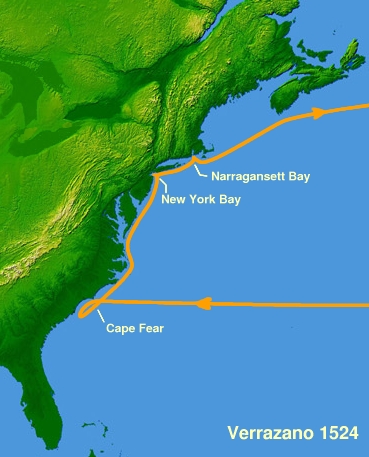
John Cabot
